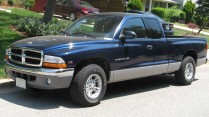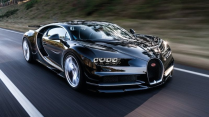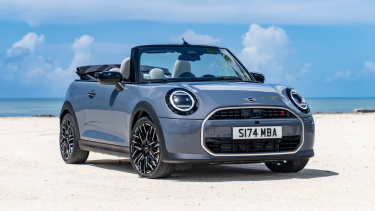GM's Cruise Unfolds AV Incident: Sparking Two US Investigations
By Dabbie Davis
Jan 30, 2024 04:49 AM EST

The Department of Justice (DoJ) and Securities and Exchange Commission (SEC) are investigating GM's driverless Cruise division due to an incident where a pedestrian was hit by another vehicle, then a Cruise autonomous vehicle dragged the pedestrian 20 feet, causing more harm.
The investigations are regarding the collision that occurred in October. While undergoing these probes GM's Cruise self-driving car unit has committed to changing its organizational culture and addressing the "failure of leadership" after the incident involving the dragged pedestrian.
GM's Cruise and the AV Incident
GM's Cruise, in response to the October 2 accident involving a pedestrian who was dragged 20 feet by one of its autonomous vehicles, has released its independent investigation results. In these findings, GM's Cruise candidly admitted its failure to meet the reasonable expectations of both regulators and the communities it serves.
Reports revealed that GM's Cruise, in response to the October 2 accident involving a pedestrian who was dragged 20 feet by one of its autonomous vehicles, has released its independent investigation results.
In these findings, GM's Cruise admitted its failure to meet the reasonable expectations of both regulators and the communities it serves. The incident, which also included a Nissan car, made GM's Cruise acknowledge that it had failed miserably to meet its own internal standards.
The company is making every effort to offer investigators as much support as it can in an effort to provide more details regarding the events leading up to the pedestrian dragged 20 feet.
READ MORE: 2024 Rolls-Royce Spectre Ultra-Luxury EVs Face Recall Due to Insufficient Ground Connection
GM's website shared that a recent report stated that a GM Cruise autonomous vehicle committed several technical mistakes. In this event, a pedestrian was dragged for a distance of 20 feet after colliding with the autonomous vehicle. The independent engineering consulting firm Exponent carried out the investigation on GM's behalf.
What Happened: Pedestrian Dragged 20 Feet
The incident occurred at approximately 9:29 p.m. local time, specifically at the intersection where Cyril Magnin Street merges with 5th Street and Market Street in San Francisco. At that moment, the autonomous vehicle, affectionately known as Panini, had come to a halt at a red traffic light, sharing the intersection with a human-operated Nissan Sentra, which was also stationary due to the red light.
When the traffic signal turned green, both vehicles began to move across Market Street. During this time, a pedestrian began crossing the crosswalk against the Do Not Walk signal. Unfortunately, she was struck by the Nissan and thrown in front of the autonomous vehicle.
The Cruise AV then collided with the pedestrian, initially coming to a stop in less than 0.1 seconds. Following this abrupt halt, the AV continued forward for approximately 20 feet, dragging the pedestrian along before finally coming to a stop.
It's worth noting that the pedestrian sustained injuries but did survive the incident. On the contrary, the findings presented in Exponent's report stated the Cruise AV had no anticipatory capability to foresee the accident.
Additionally, the autonomous vehicle slightly reduced its speed just before the collision with the pedestrian. Nevertheless, the vehicle's onboard sensors proved ineffective in detecting the pedestrian after the impact.
This was largely due to the fact that a significant portion of her body was not within the field of view of the lidar detectors. Thus, the incident resulted in the left wheel of the vehicle rolling over the woman before coming to a halt.
The collision is being looked into by the National Highway Traffic Safety Administration (NHTSA).
After the incident, Cruise made a number of noteworthy decisions. The company reduced its workforce by 25%, fired nine executives, and saw the resignation of its CEO and one of its co-founders. The company's license to drive autonomous vehicles in California was canceled in October.
Subsequently, in November, Cruise initiated a recall of all its vehicles. The Guardian reported about this incident involving GM's Cruise.
RELATED ARTICLE: GM, Honda Partnership Ventures on Hydrogen Fuel Cell Production in North America
Copyright @ MOTORTIMES, All rights reserved. Do not reproduce without permission.









